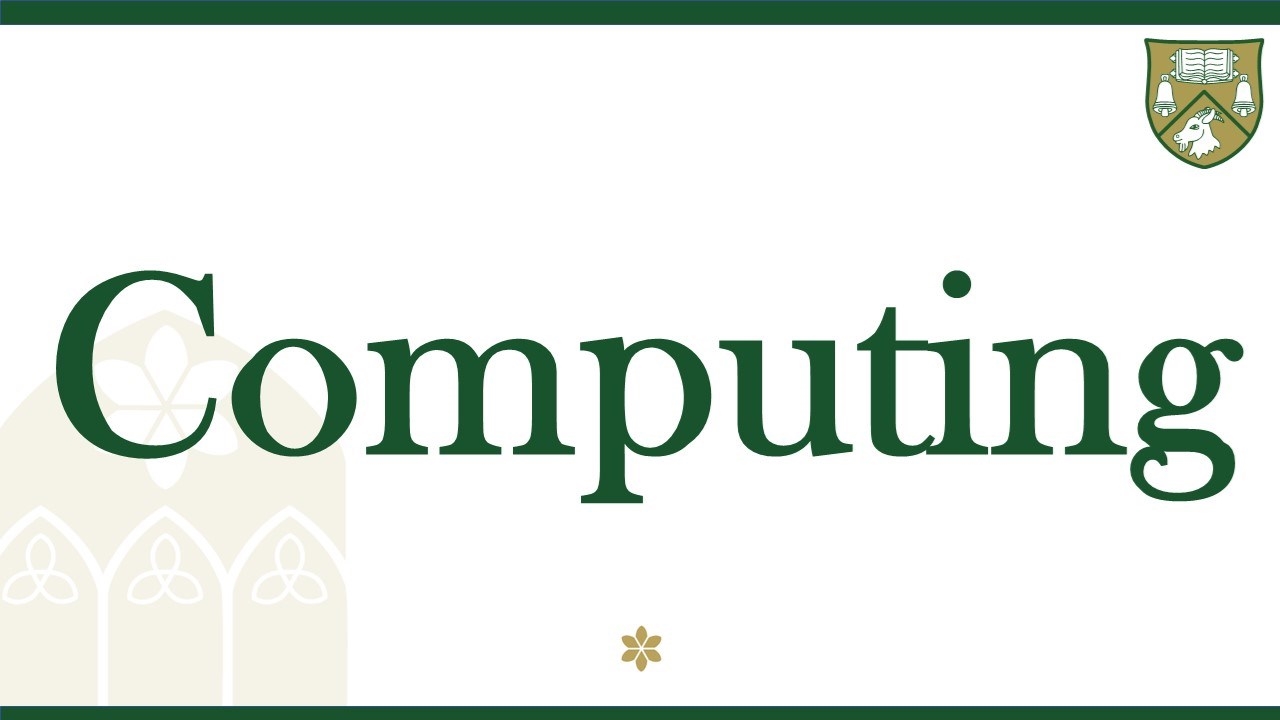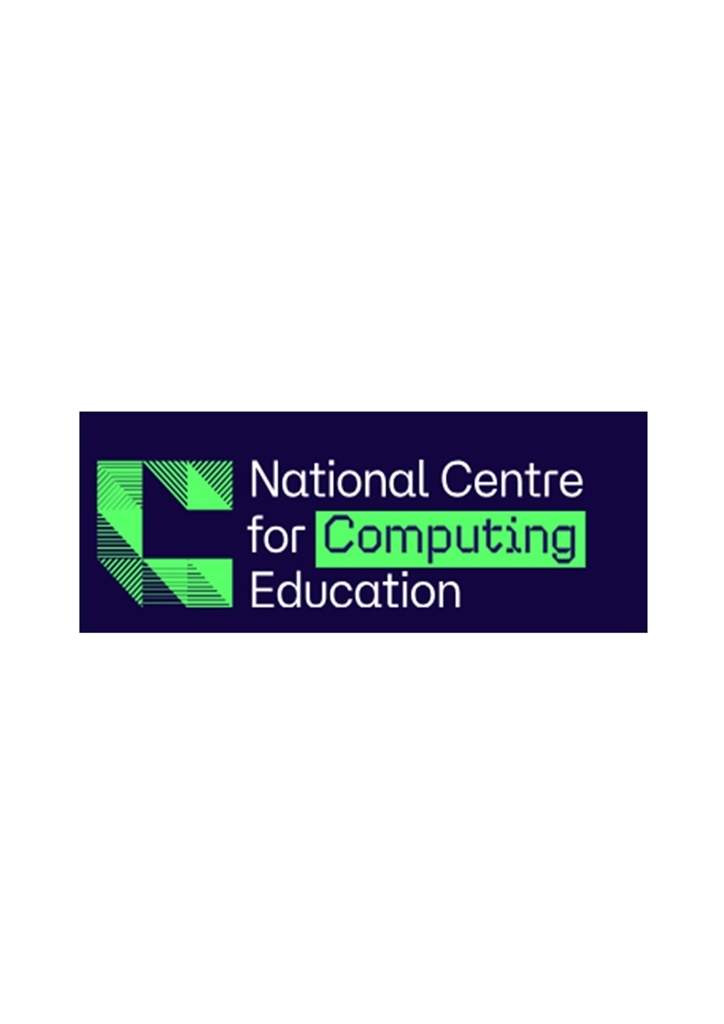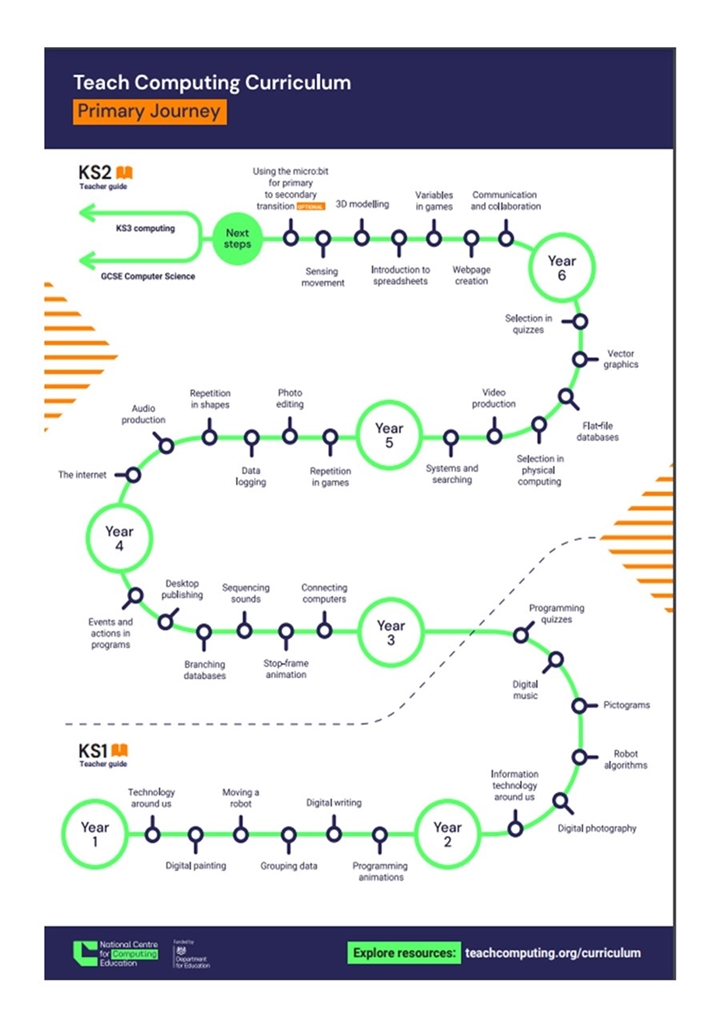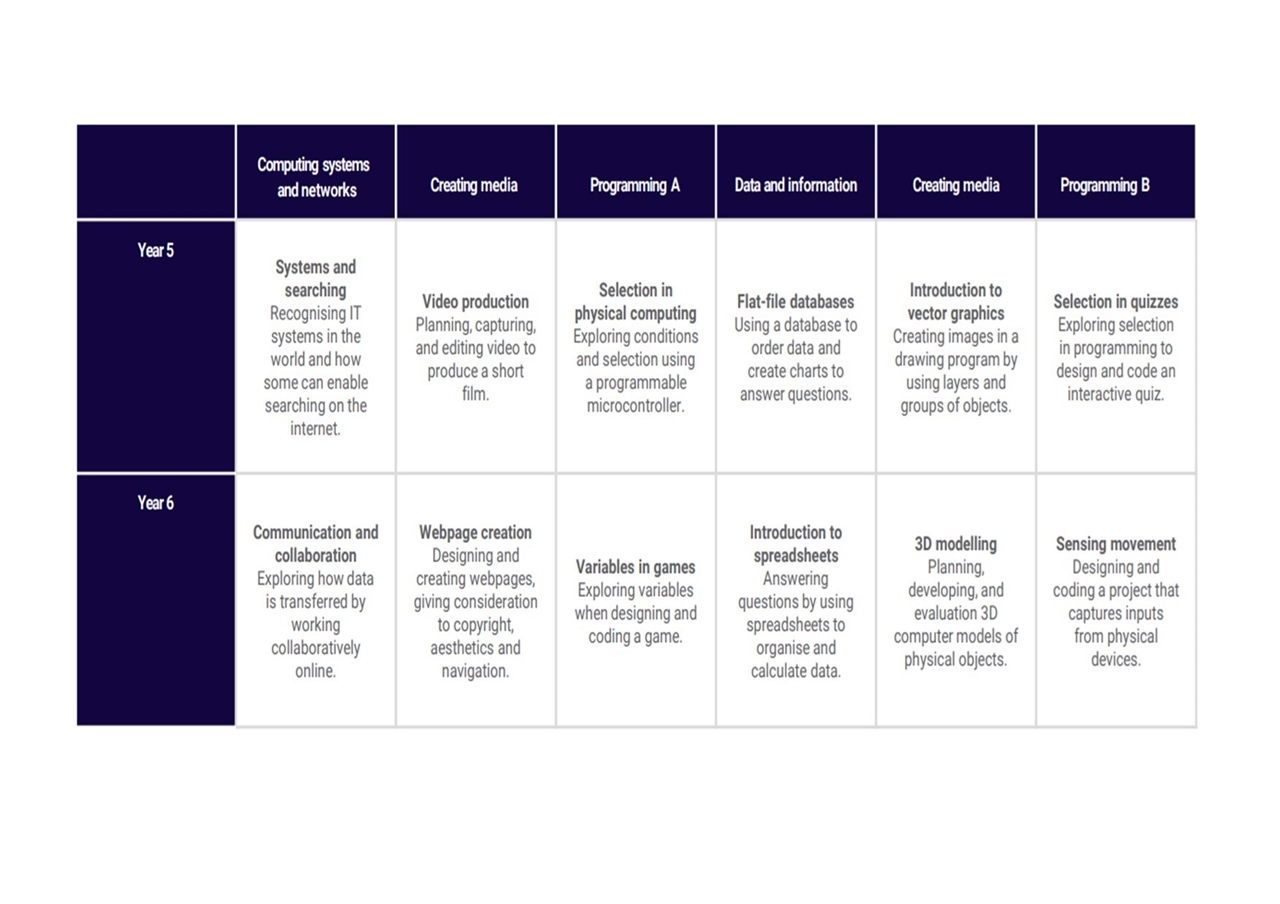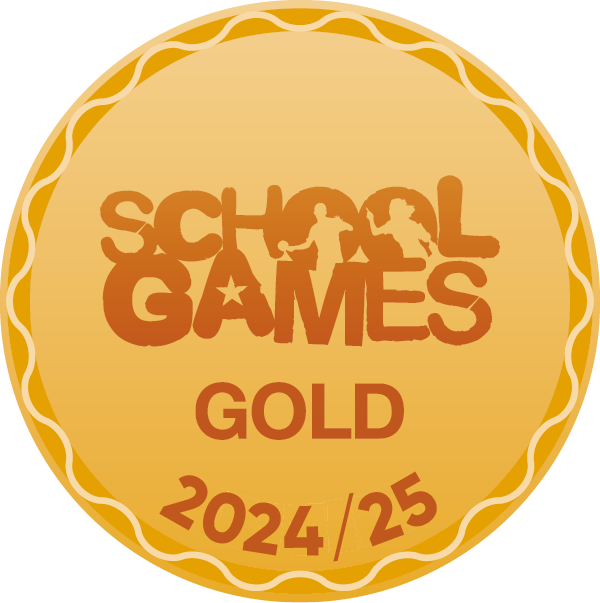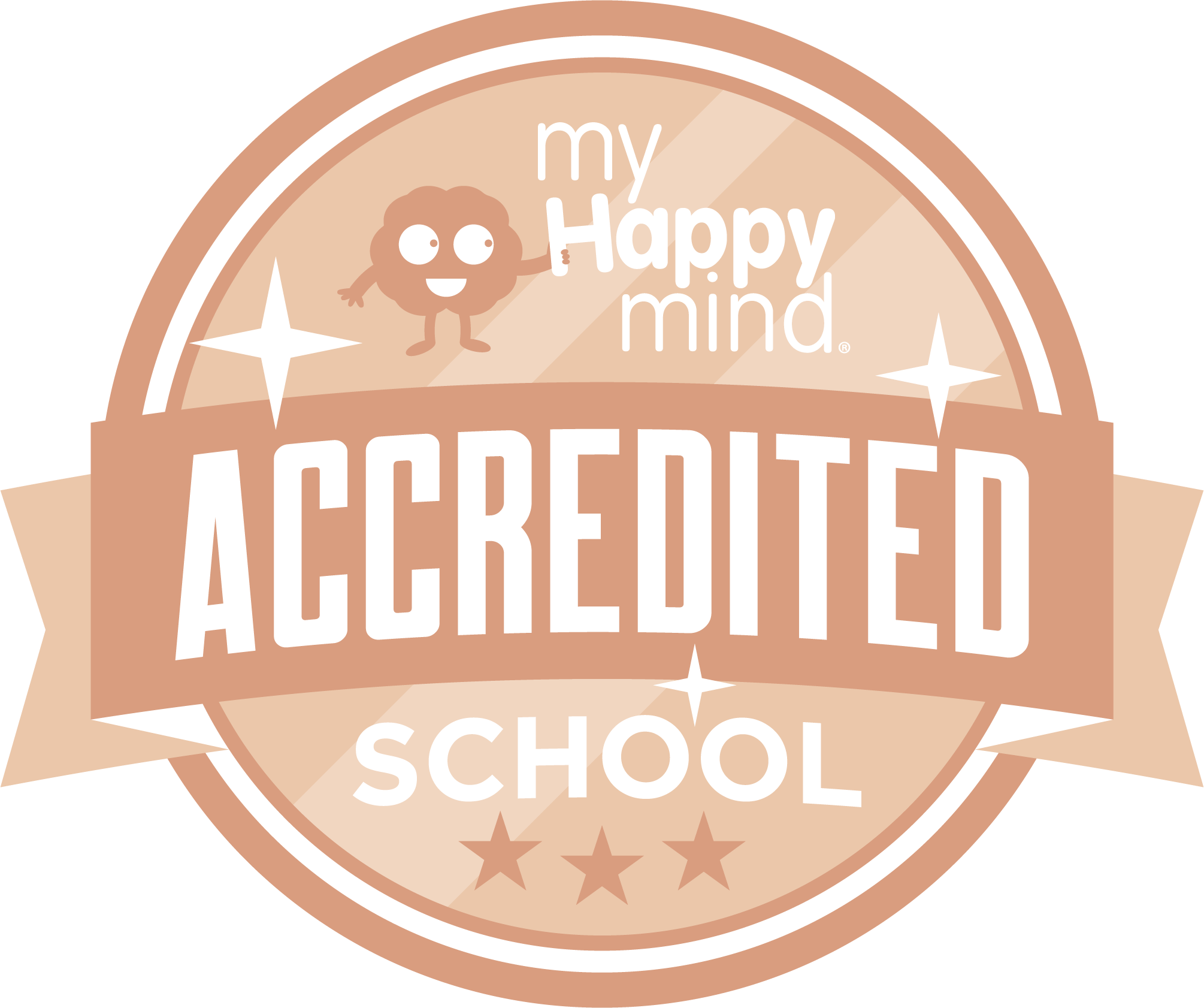Vision
Computing is an integral part of an ever changing digital world. We feel it is important for our children to be digitally literate, which will enable them to be armed with the skills to develop their ideas and problem solve in primary school, secondary school and in their future career. We want our children to be able to ask and answer questions online to enhance their learning, but to know how do this confidently and safely.
Intent
At Bournville Village Primary, we aim to:
- Provide all our children to be taught online with the National Curriculum
- Ensure all our children have a clear up to date understanding of how to be safe online and use this knowledge to apply independently both in and outside of school
- Provide progression within their application of computing skills and knowledge
- Provide children with access to a range of different software and devices
- Teach computing both as a stand-alone subject and throughout all areas of the curriculum
- Foster a keen interest in computing and how it is used in the everyday world
- Enable children to use and apply computer science vocabulary with confidence
- To enhance and enrich children’s learning through all areas of the curriculum
Implementation
At Bournville Village Primary, we use the ‘Teach Computing Framework.’ It is a progressive computing framework, which allows children to experience the three strands of computing: Computer Science, Information Technology and Digital Literacy. It is structured into units for each group, which are made up of a series of lessons. These lessons allow the children to use a variety of computing devices. They have a class set of laptops to support them in their learning and other equipment, which is loaned from Bishop Challenor Computing Hub. Our current Computing Lead is Miss J. Edwards.
Impact
By providing a fun, engaging and high-quality computing programme, we are providing our children with key skills, knowledge and understanding that they can apply to all experiences of their school life as well as in future workplaces. In EYFS, our children are exposed to technology that can be found in the home. Although the computing curriculum does not start until KS1, our Reception children are given access to explore and use technology, such as laptops, iPads and apps. This allows them to explore the idea of programming and start to solve real problems.
By the end of key stage one, we expect our children to be able to:
understand what algorithms are; how they are implemented as programs on digital devices; and that programs execute by following precise and unambiguous instructions
* create and debug simple programs
* use logical reasoning to predict the behaviour of simple programs
* use technology purposefully to create, organise, store, manipulate and retrieve digital content
* recognise common uses of information technology beyond school
* use technology safely and respectfully, keeping personal information private; identify where to go for help and support when they have concerns about content or contact on the internet or other online technologies.
By the end of key stage two, we expect our children to be able to:
* design, write and debug programs that accomplish specific goals, including controlling or simulating physical systems; solve problems by decomposing them into smaller parts
* use sequence, selection, and repetition in programs; work with variables and various forms of input and output
* use logical reasoning to explain how some simple algorithms work and to detect and correct errors in algorithms and programs
* understand computer networks including the internet; how they can provide multiple services, such as the world wide web; and the opportunities they offer for communication and collaboration
* use search technologies effectively, appreciate how results are selected and ranked, and be discerning in evaluating digital content
* select, use and combine a variety of software (including internet services) on a range of digital devices to design and create a range of programs, systems and content that accomplish given goals, including collecting, analysing, evaluating and presenting data and information
* use technology safely, respectfully and responsibly; recognise acceptable/unacceptable behaviour; identify a range of ways to report concerns about content and contact.
SEND
Our children with SEND are supported within computing. This is done through:
1. Identifying essential learning and misconceptions
2. Pre-teaching key vocabulary
3. Creating step by step instructions
4. Providing templates
5. Consider non-computing barriers
6. Using the PRIMM framework or Parson’s problems when programming.
